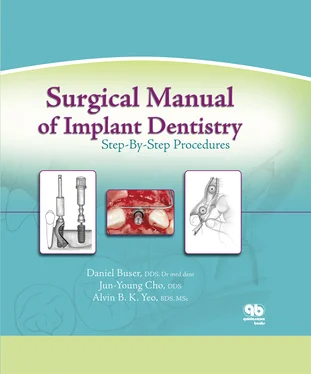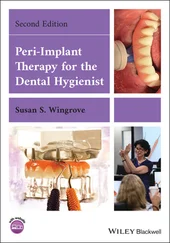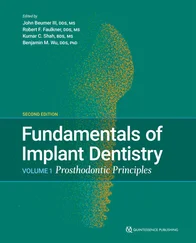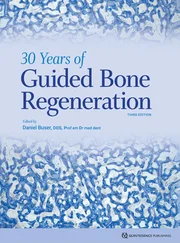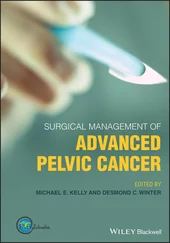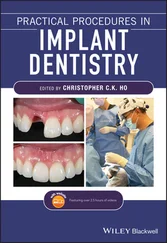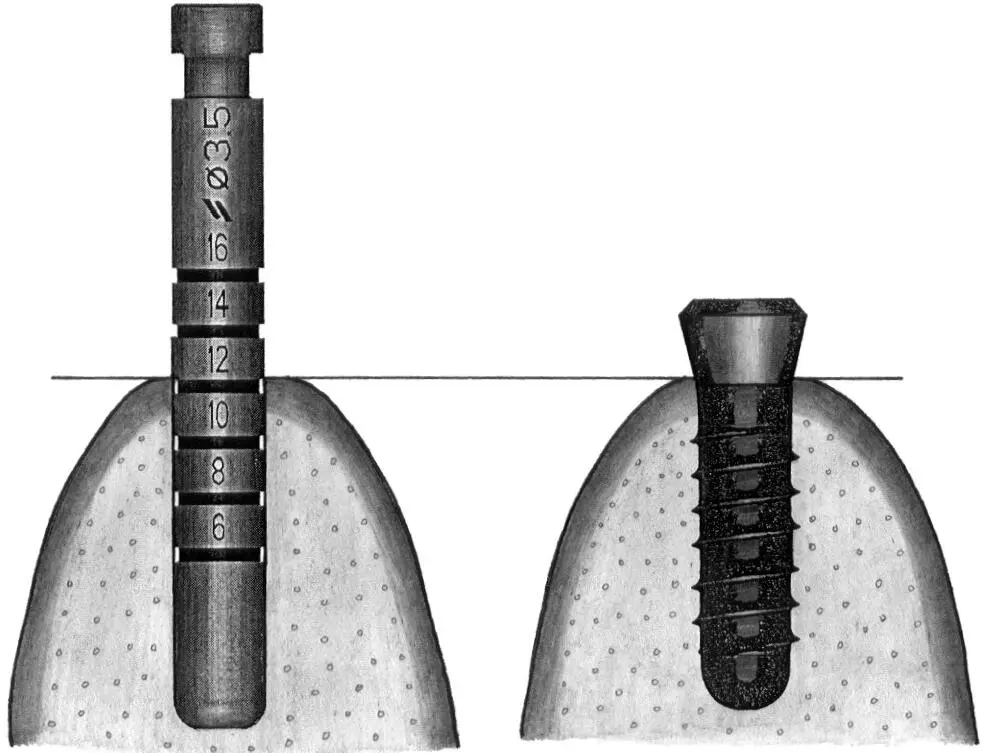
Fig 1-5b If the implant site is prepared with the 12-mm mark slightly below the crest, the rough border of the inserted implant will be positioned approximately 0.5 mm below the crest. This approach is most often used in posterior implant sites for a nonsubmerged implant healing.
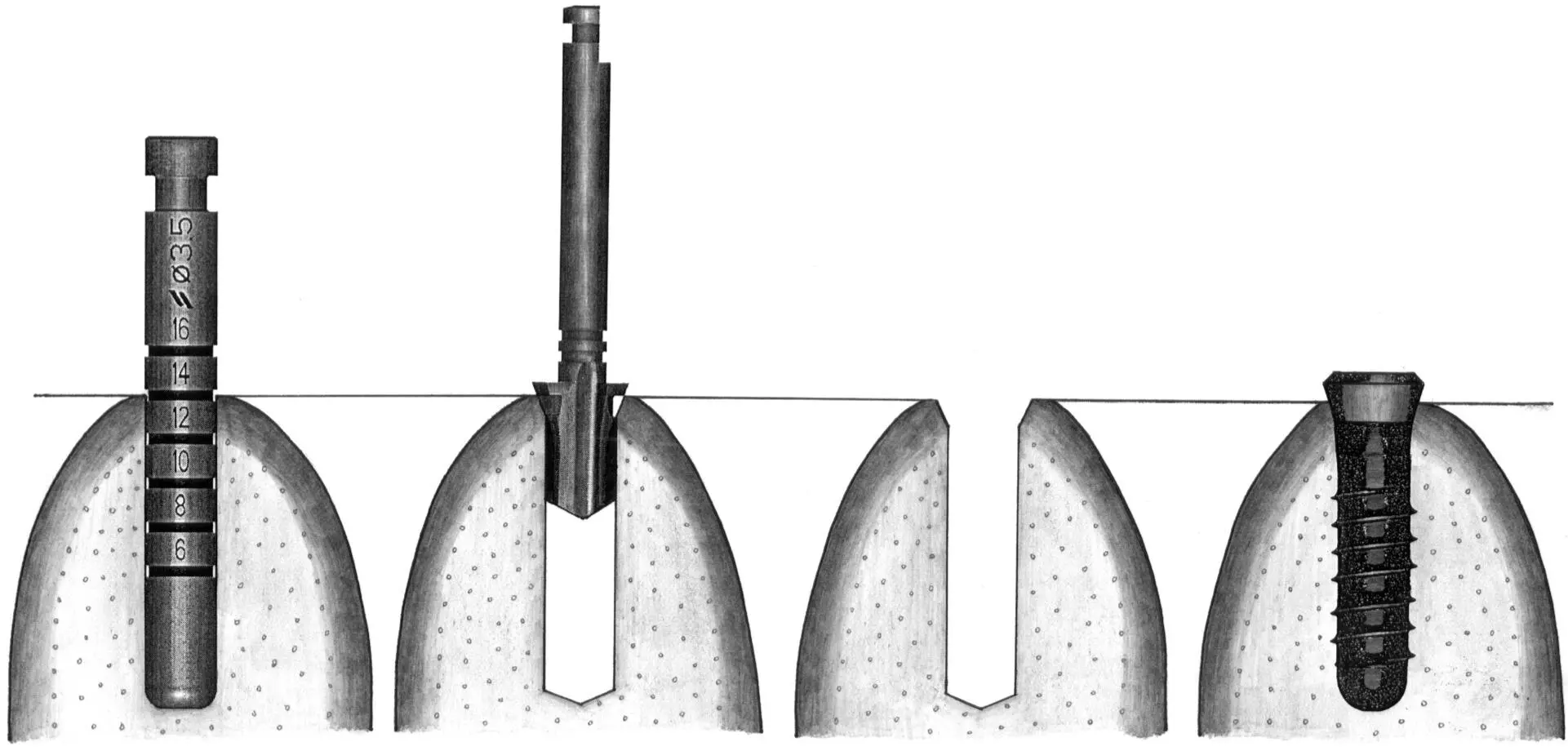
Fig 1-5c The implant site is prepared to the 14-mm mark, and the profile drill is used to flare the coronal portion of the crest. A 12-mm-long standard implant can be inserted more deeply to partially submerge the machined collar. This approach is normally used in esthetic implant sites for a submerged implant healing.
Fig 1-6Overview of implant site preparation and implant placement.
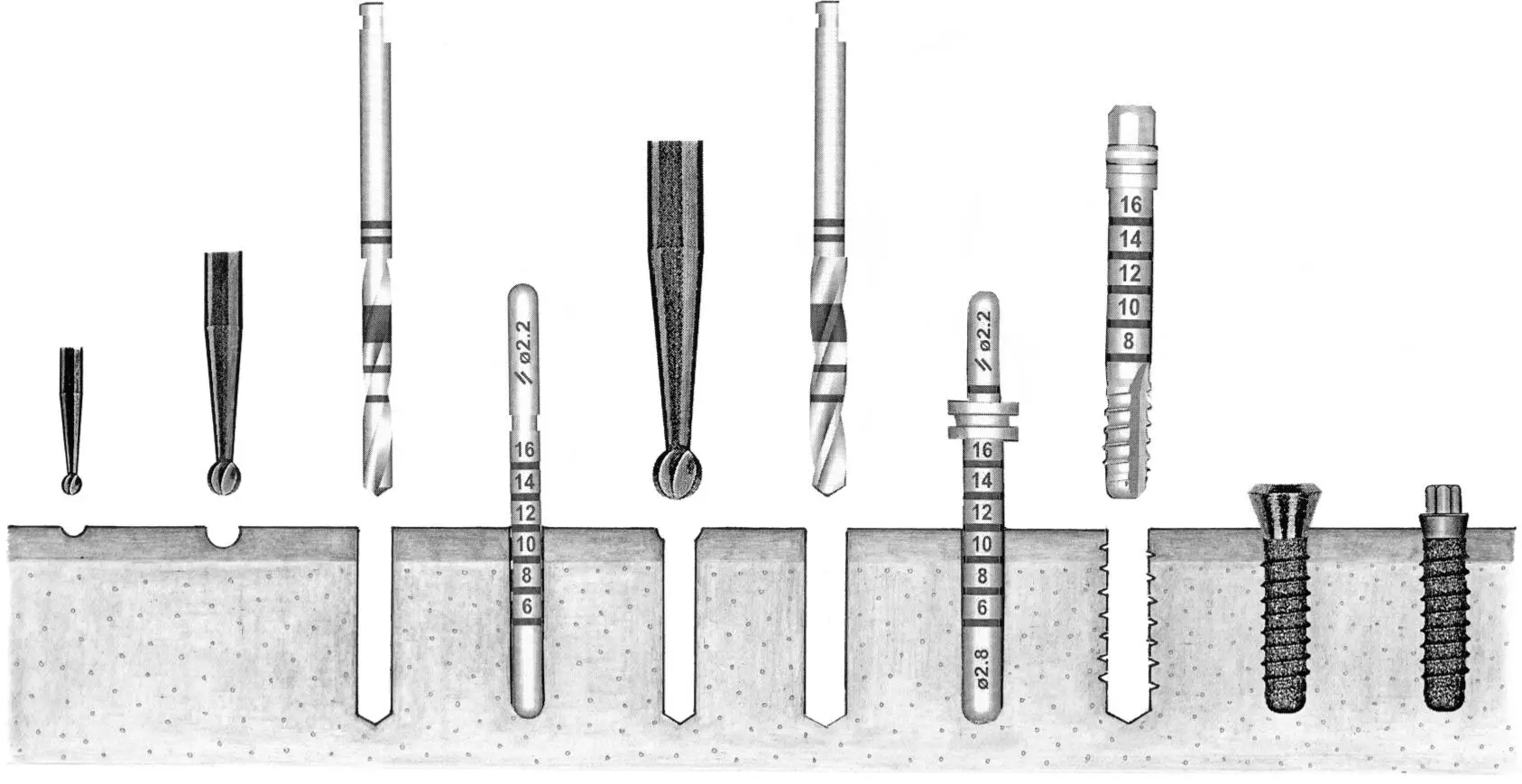
Fig 1-6a The implant site is prepared to a diameter of 2.8 mm to receive a narrow neck or a reduced-diameter implant. Pretapping, as shown in Fig 1-4, is rarely used with these implants.
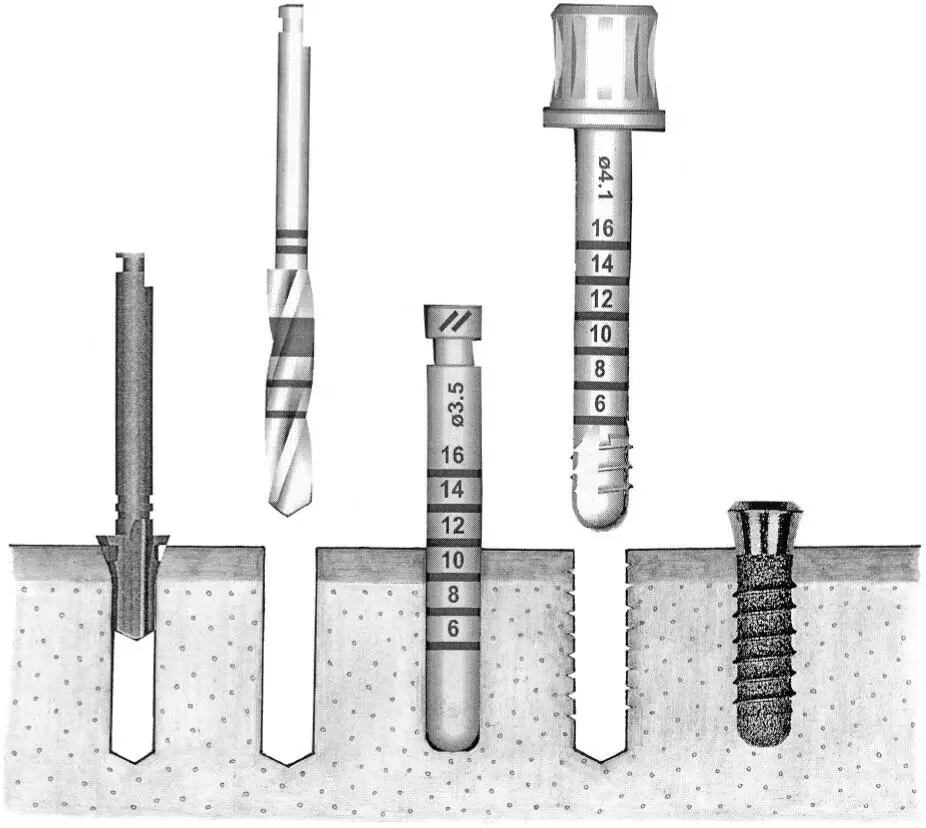
Fig 1-6b When a standard implant is used, the implant site is prepared to a diameter of 3.5 mm. Pretapping, as shown in Fig 1-4, is rarely used.
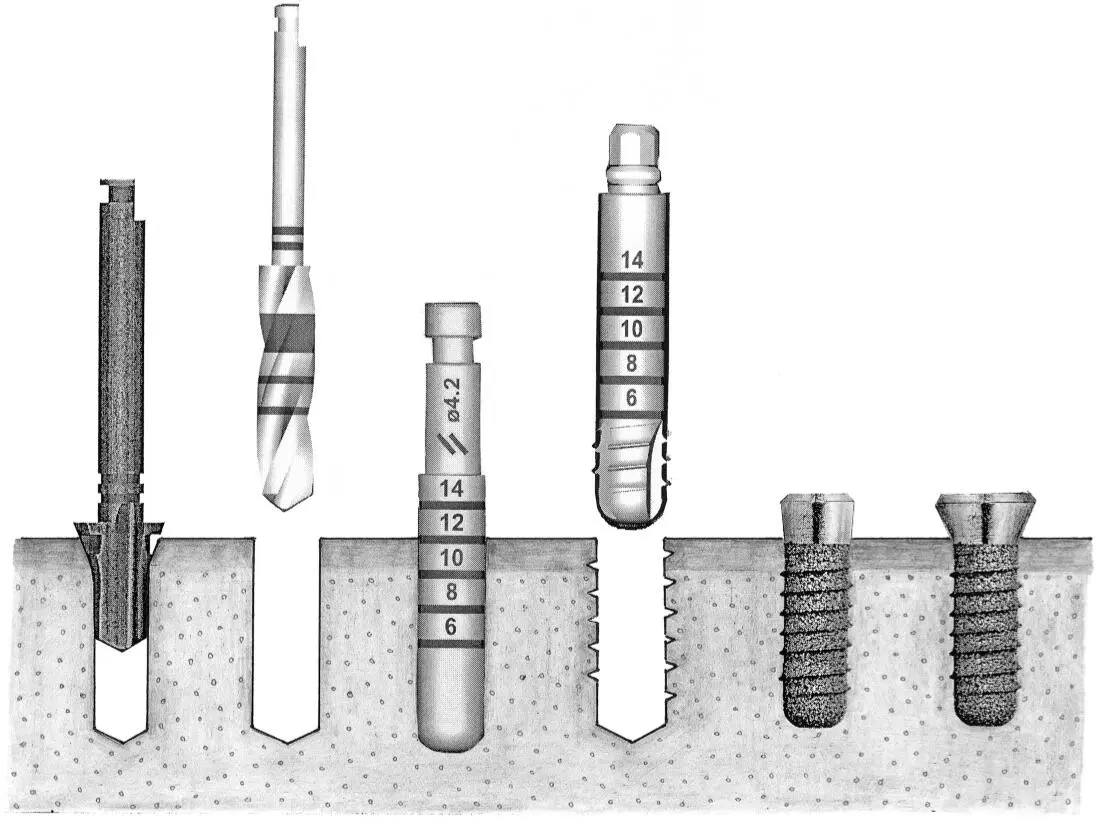
Fig 1-6c The implant site is prepared to a diameter of 4.2 mm, and a wide body or wide neck implant is inserted. Pretapping, as shown in Fig 1-4, is used more often due to larger implant diameter.
Fig 1-7Selection of implant length in the posterior mandible.
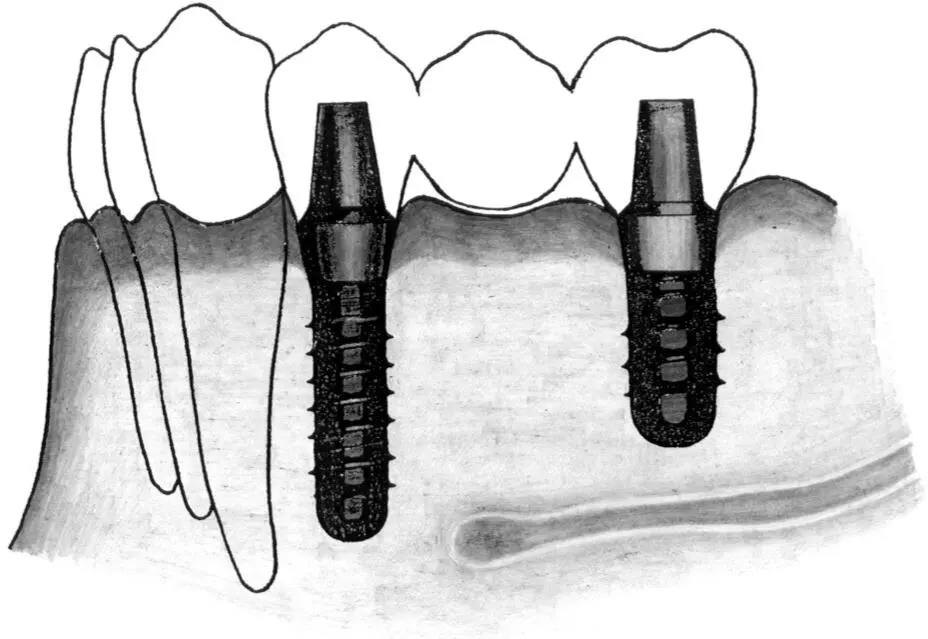
Fig 1-7a In regions restricted by anatomic limitations, shorter implants are frequently used. In this long-span mandibular distal extension situation, two implants are placed to support a three-unit fixed partial denture. An 8-mm short implant (right) is used to avoid the mandibular canal.
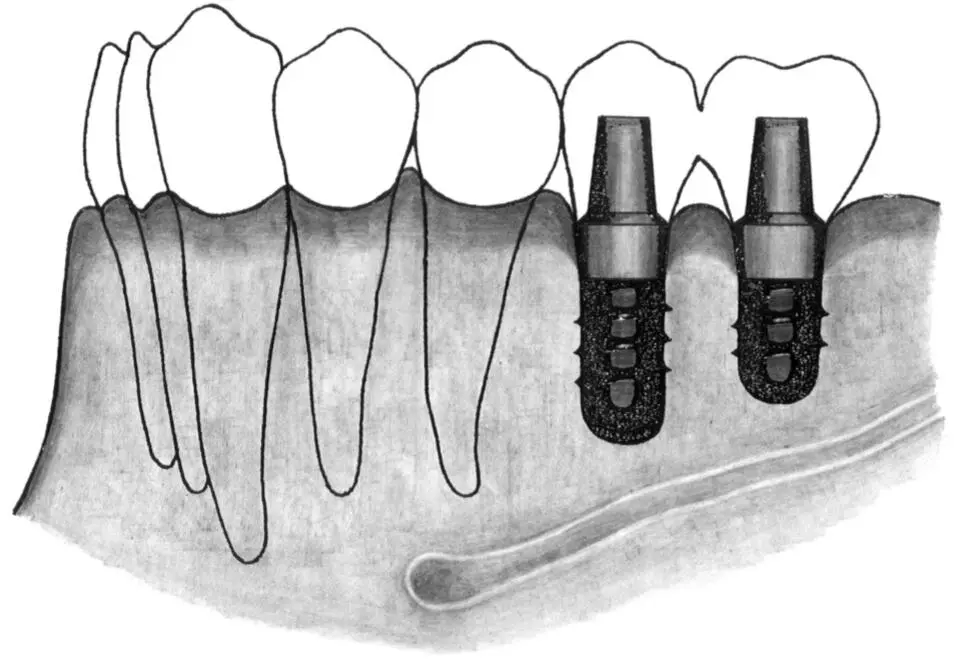
Fig 1-7b In a short-span mandibular distal extension situation, two short implants with lengths of 6 and/or 8 mm may be indicated. They are used here to avoid the mandibular canal. These short implants are often restored with splinted crowns.
Fig 1-8Selection of implant length in the posterior maxilla.
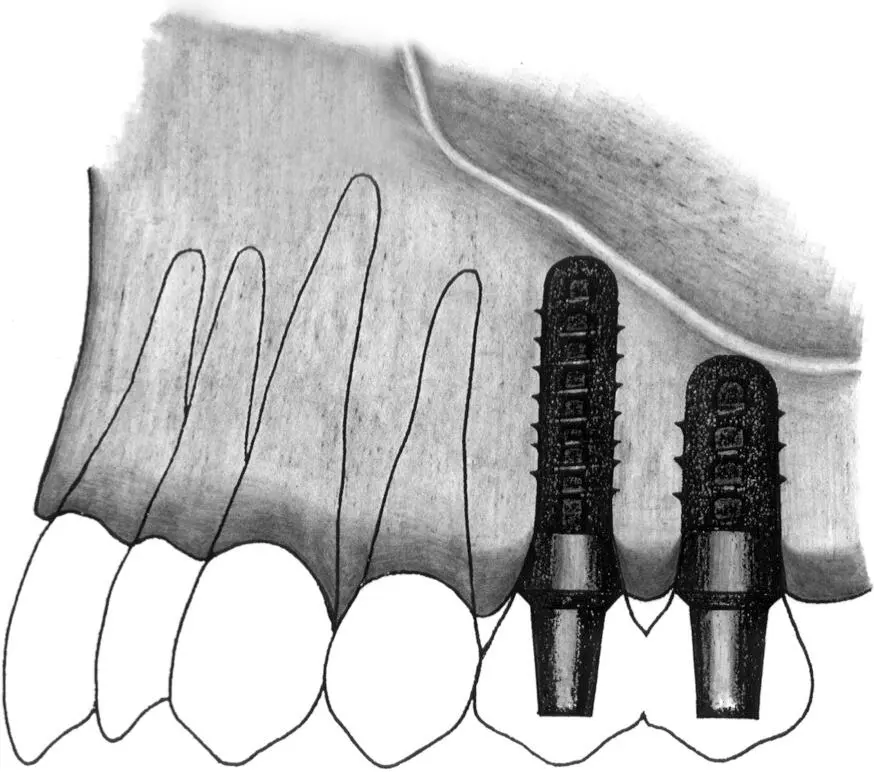
Fig 1-8 In the maxillary posterior distal extension situation, the maxillary sinus can be avoided with the use of shorter implants. Here, two implants (12 and 8 mm) are inserted in the second premolar and first molar sites, respectively, in close proximity to the sinus.
Fig 1-9Minimum width of alveolar crest for implants of varying diameter.
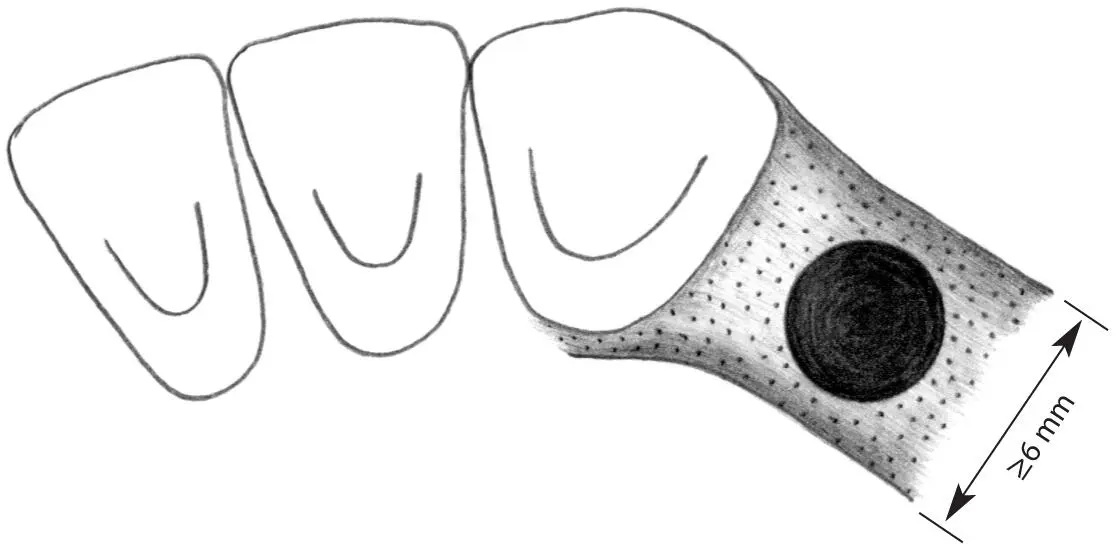
Fig 1-9a In the premolar site, a crest width of at least 6 mm is recommended for a standard implant.
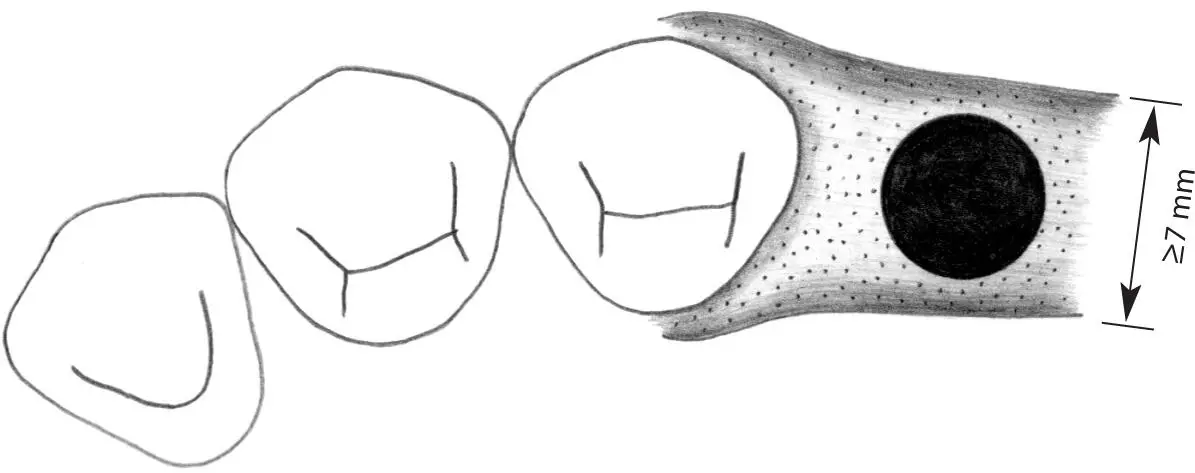
Fig 1-9b In the molar site, a wide body or wide neck implant requires a minimum crest width of 7 mm.
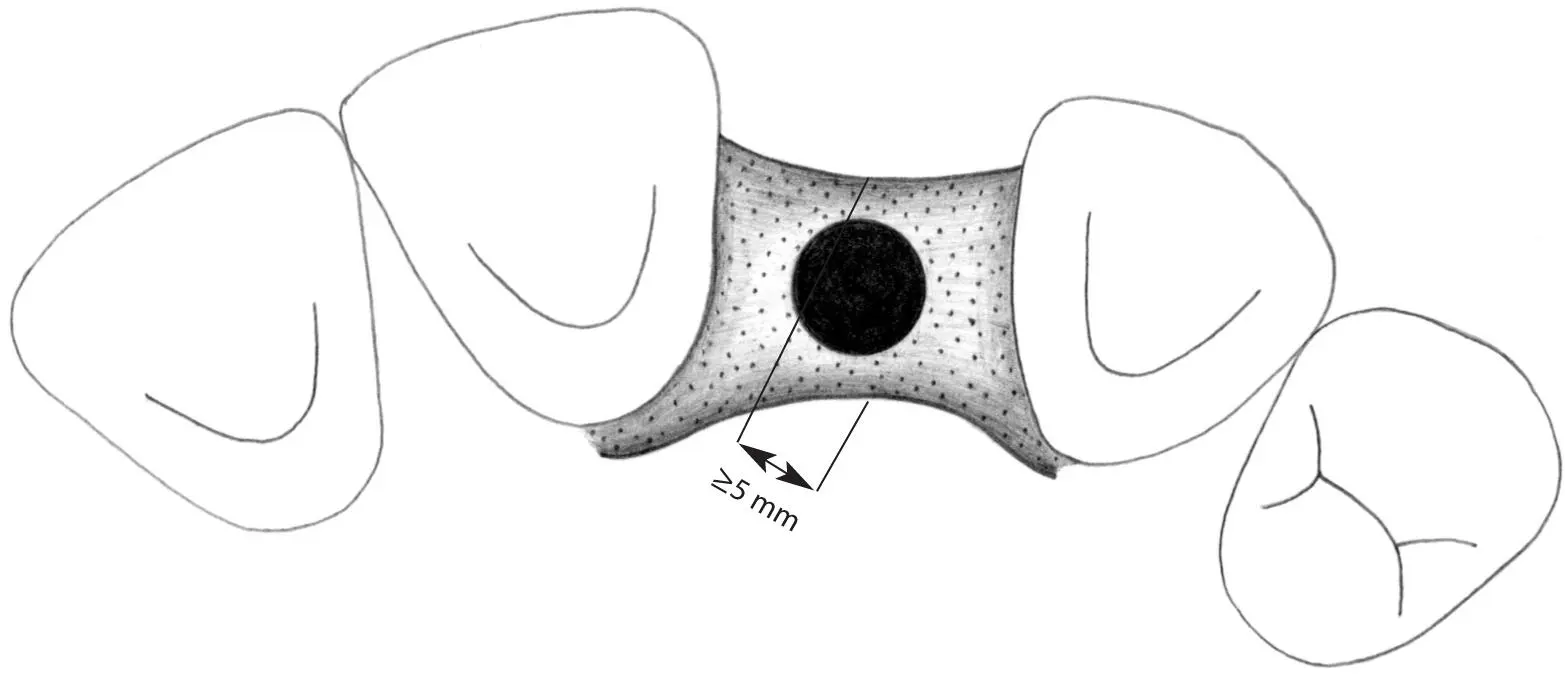
Fig 1-9c In the anterior region, where a narrow neck implant is often indicated for the replacement of lateral incisors, a minimum alveolar crest width of 5 mm is required.
Fig 1-10Minimum space of single-tooth gaps for various implant types.
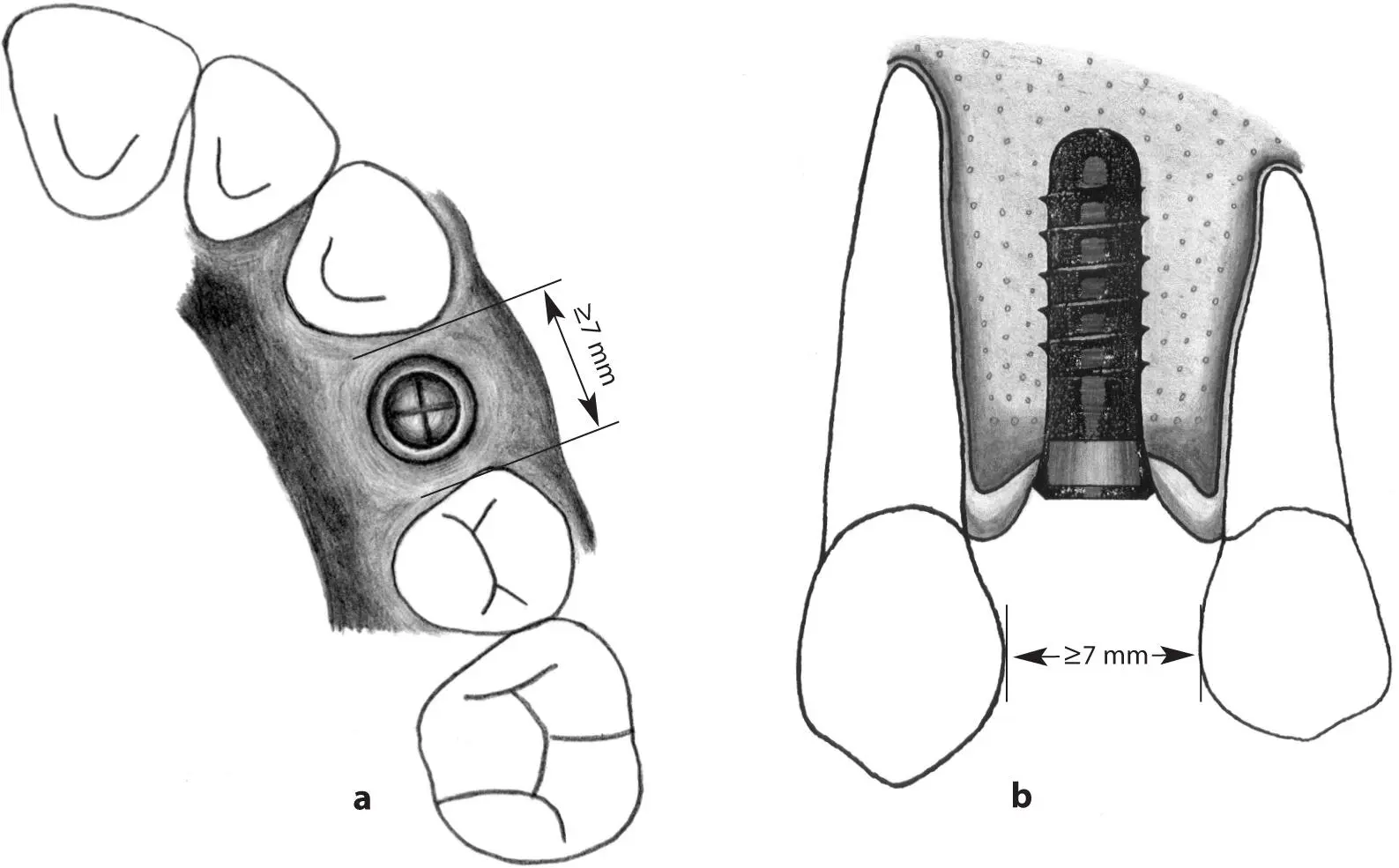
Figs 1-10a and 1-10b Occlusal (a) and lateral (b) views of regular neck implants. A space of at least 7 mm is required for the 4.8-mm-diameter implant shoulder shown here.
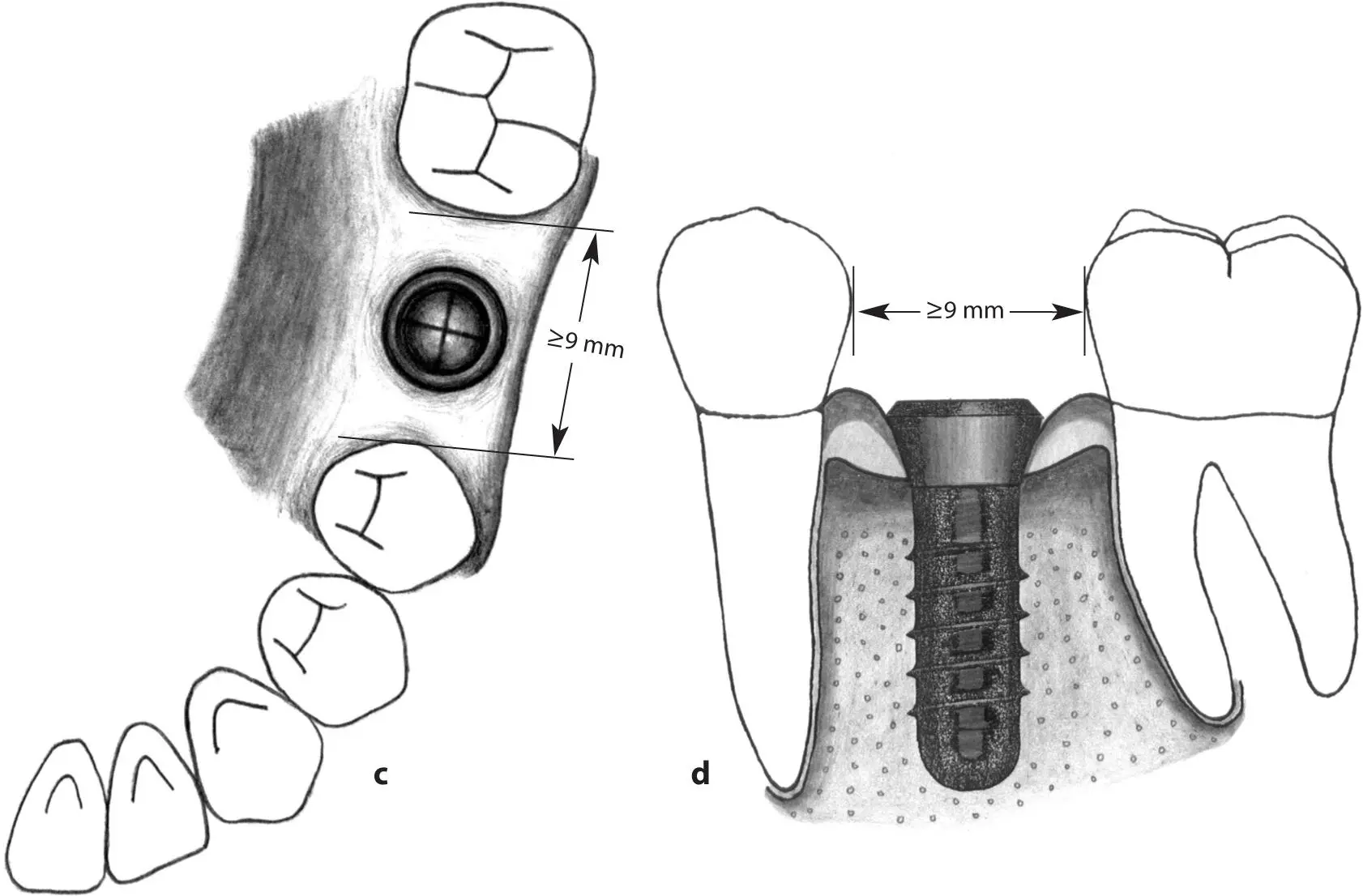
Figs 1-10c and 1-10d Occlusal (c) and lateral (d) views of wide neck implants. The 6.5-mm-diameter implant shoulder requires a single-tooth gap of at least 9 mm.
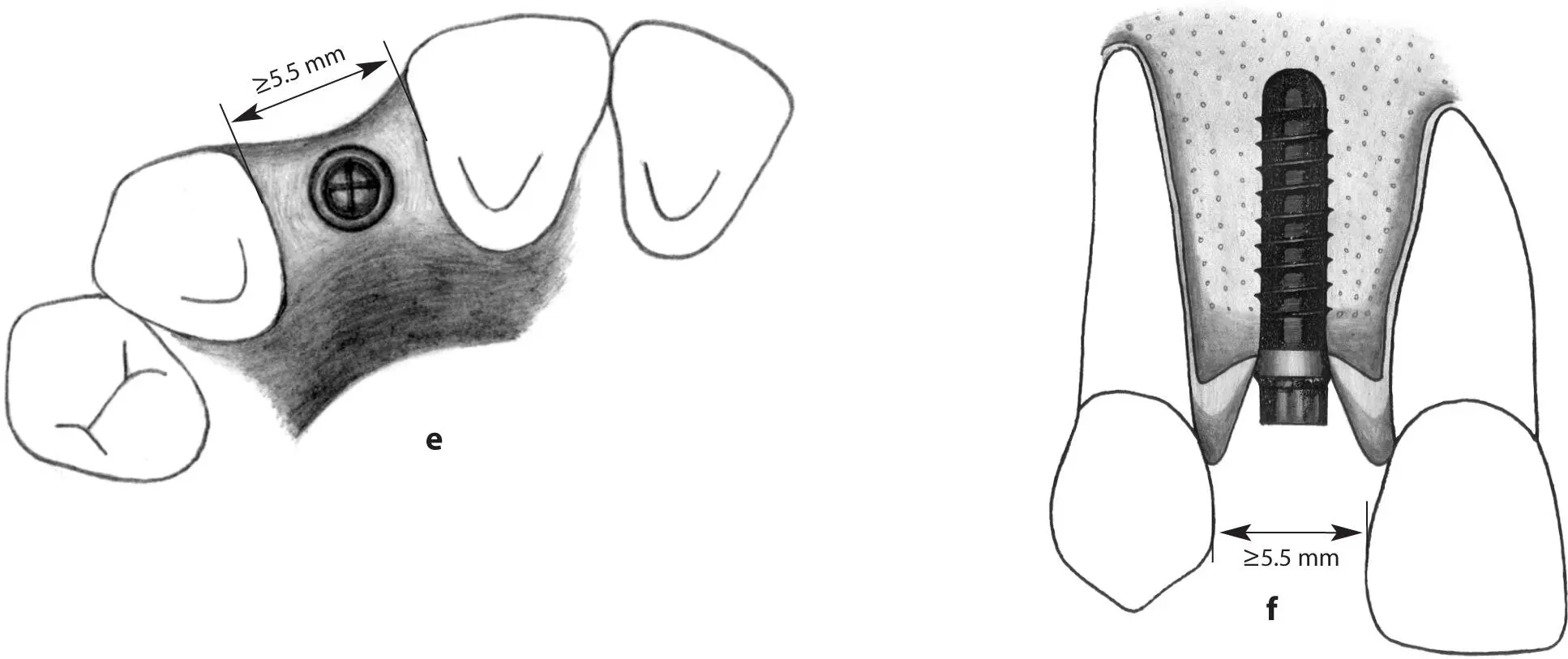
Figs 1-10e and 1-10f Occlusal (e) and lateral (f) views of narrow neck implants. In sites that require narrow neck implants, a minimum of 5.5 mm is needed to accommodate the 3.5-mm-diameter implant shoulder.

Figs 1-10g A minimum interocclusal distance of 5.5 mm from the implant shoulder to the opposing dentition is necessary to allow the placement of the abutment and crown.
Fig 1-11Spacing between implants or between implants and teeth.
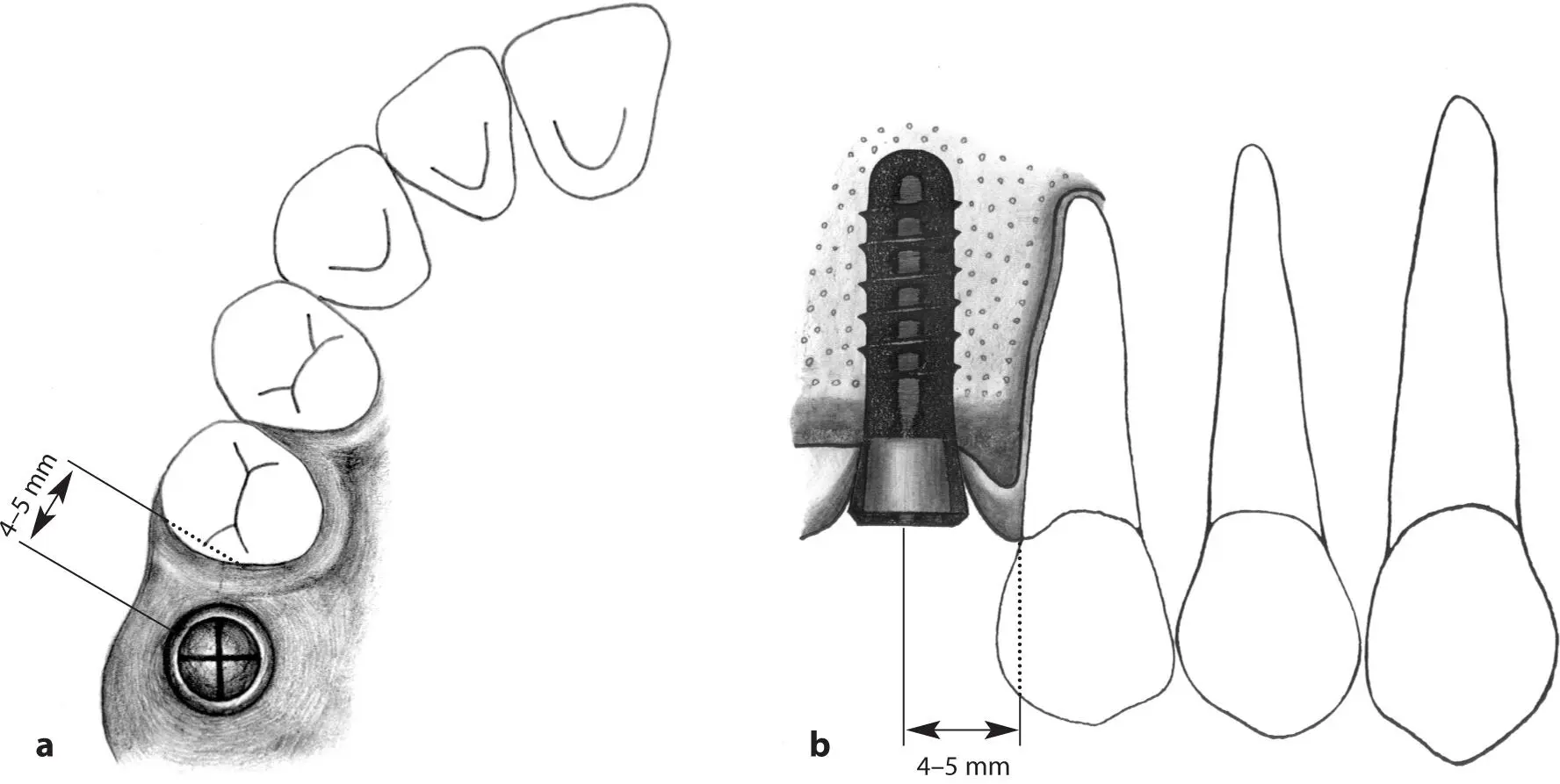
Figs 1-11a and 1-11b Occlusal (a) and lateral (b) views of a regular neck implant placed next to a tooth. A distance of approximately 4 to 5 mm is required between the central axis of the implant and the root surface of the tooth at the alveolar crest.

Figs 1-11c and 1-11d Occlusal (c) and lateral (d) views of a wide neck implant placed next to a second premolar. The wide neck implant is positioned approximately 5 to 6 mm from the tooth.
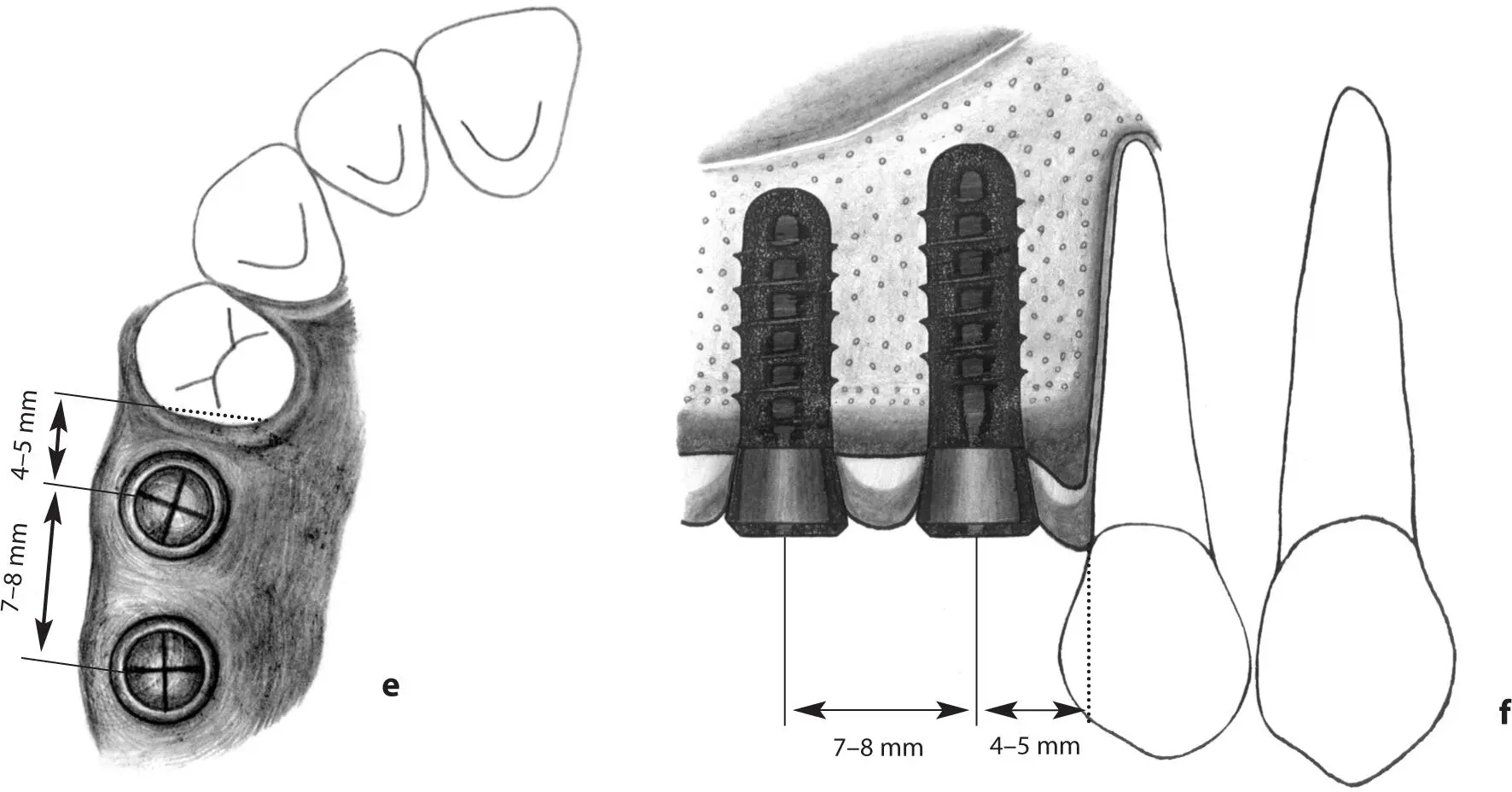
Figs 1-11e and 1-11f Occlusal (e) and lateral (f) views of regular neck implants. When two regular neck implants are placed side by side in a posterior distal extension situation, the first implant should be positioned 4 to 5 mm from the tooth and the second implant should be positioned 7 to 8 mm from the anterior implant.
Читать дальше
